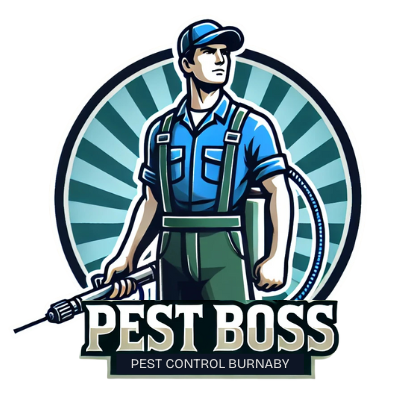Construction is a big job. If you’re the site manager who is overseeing the project from start to finish, you know there’s already a lot on your plate. The last thing you want to discover is a pest infestation not only before or after the construction is complete, but during the whole project too! To help you out, here are a few pest control tips from your local Pest Boss on how to keep varmints out and away from your construction site.
Tip 1: Know Your Varmints
Each pest is unique in terms of the signs of infestation and how they appear to the naked eye. Some of the most common varmints our Pest Boss Kyle has had experience in exterminating or removing from the site include:
- Rats
- Mice
- Termites
- Crows
- Seagulls
- Pigeons
- Wasps
- Pavement ants
- Carpenter ants
- Squirrels
- Raccoons
- Blow flies
All of these varmints possess their own individual traits, which you can explore in greater depth in our click-a-pest section.
It’s a great idea to teach your workers and staff about the various varmints and signs of infestation as well (the latter of which we’ll go over below). That way, if there are any signs identified, they’ll know what to tell their exterminator if/when the pest invasion requires professional removal from the site.
Tip 2: Know the Signs of Infestations
Whenever new construction is taking place, you have to be aware that varmints can infest when you’re least expecting it and the consequences of ignoring the signs are dangerous.
- Rodents and squirrels always leave damage to wood via their feces and hair, and are more than happy to enter via new entryways while construction is underway. They’ll use insulation for their bedding and chew on electrical wires, resulting in electrical shorts and an increased risk of fire on the site.
- Ants can damage everything, even concrete! They will nest underneath the pavement and make their appearance known in huge numbers.
- Carpenter ants and termites are definitely a few of the worst varmints to find in construction sites, because wood is what they prefer to nest in and feed upon. This can result in a huge expense on your part in having to replace the damaged wood and materials.
- Bird nests are big problem once the structure is finished, because they’ll be like “Hey, no one’s living here, score! Free housing!” They’ll most likely prefer to roost around window sills, attics, cornices, ledges, etc. A lot of birds means a lot of poop, too, which can damage the exterior (good ol’ uric acid) plus create slippery situations on pavement, scaffolding, and walkways.
On top of all this damage to the construction, workers are put at risk because the feces of these varmints can spread diseases in addition to contaminating the materials. If your workers are put out of a job because of an infestation, it means even more expense added and time lost on getting the work done!
Tip 3: Keep Things Clean
I know that sounds impossible given it’s construction we’re talking about, but keeping yourself, your workers, and your site clean will also keep it more pest-free. Pests are highly attracted to food and trash left behind by us humans, and the messier the site is the more appealing pests will find it. Even leaving behind wood dust and debris from saws is like ringing the dinner bell for some varmints!
Try your best to keep the site clean while working to prevent pests from nesting. Take out the garbage every time coffee or lunch breaks are over. Dispose of any trash properly in covered bins (tying these up if you’re concerned about raccoons might help too). Sweep up all dust and debris when the day is done from equipment and off of the floors of walkways. Keep all valuable materials such as insulation and any electrical wires sealed up in areas where rodents can’t chew on them.
Tip 4: Never Hesitate to Call for Help
Anytime before construction takes place is a good time to have a pest control professional inspect your location. An exterminator can advise you on further prevention tips as well as identify any potential entryways during construction. They can inspect windows and doorways that are being placed, where even a tiny crack can leave enough room for varmints to enter such as ants or mice.
You may think hiring a pest control professional means adding on to the expenses you’re already paying to have the project built, but it will cost you even more in the long-run if you don’t put preventive solutions for pests in place at the beginning. That’s a fact.
If you need pest control for your construction site, then don’t hesitate. Give your local Pest Boss a call. We’ll get you, varmints!
Creative Commons Attribution: Permission is granted to repost this article in its entirety with credit to Pest Boss and a clickable link back to this page.


